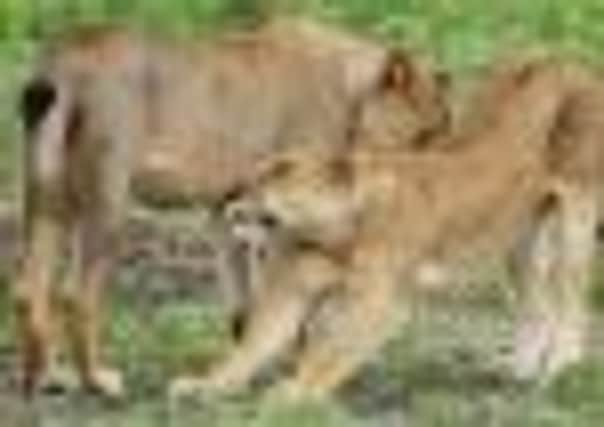Nature reserves can no longer save world’s at-risk species, warn experts


Nature reserves in the tropics are increasingly important refuges for threatened species and ecosystems as illegal logging and hunting destroys the landscape.
But a new study has revealed that numerous parks surrounded by problems such as illegal mining are suffering the consequences of those threats within their boundaries.
Advertisement
Hide AdAdvertisement
Hide AdIn addition, “insidious” threats like disease and invasive species are making it even harder for protected areas to sustain biodiversity.
An international team of more than 200 scientists studied more than 30 different categories of species within protected areas across the tropical Americas, Africa and Asia-Pacific.
The team estimated how species had changed in numbers over the past two to three decades and identified environmental changes which might threaten the reserves. Although most parks were helping to protect their forests, researchers found that about half were struggling to sustain their original biodiversity levels.
Stirling researcher, Dr Katharine Abernethy, contributed key evidence to the study from Lopé National Park in the African country of Gabon, where she works for most of the year.
She said: “Protected areas are not really protecting flora and fauna as much as we hoped they would, although they are still better than nothing.
“The image of problems in the tropics is of deforestation in Asia and hunting in Africa but what’s important about this (study) is that we are seeing insidious threats from things like invading plant species, disease among plants, uncontrolled fire and pollutants too, which are not really in the public consciousness as problems. “There are all these other things going on which need to be addressed with resources and support. It’s a very different skill to go out and arrest poachers than it is to identify an alien plant species.”
Among the worst-hit species are freshwater fish, which suffer from ‘pollution’ of rivers and lakes from soil deposits caused by deforestation.
Large predators including leopards and lions, are also under serious threat, along with many primates, old-growth trees, amphibians and insects.
Advertisement
Hide AdAdvertisement
Hide AdDr Abernethy added: “The pan-African analysis has allowed us to understand what works and what doesn’t in enabling parks to achieve their goal of protecting biodiversity and ecological function, and to focus on what we need to change to ensure better success.
“A better job needs to be done in protecting the protected areas. That means fighting both their internal and external threats and building support for protected areas among local communities.
Such efforts will help ensure protected areas are more resilient to future threats, such as climate change.”
The study – Averting biodiversity collapse in tropical forest protected areas – was led by Professor William Laurance from James Cook University in Cairns, Australia, and the Smithsonian Tropical Research Institute in Panama, and published in the journal Nature.